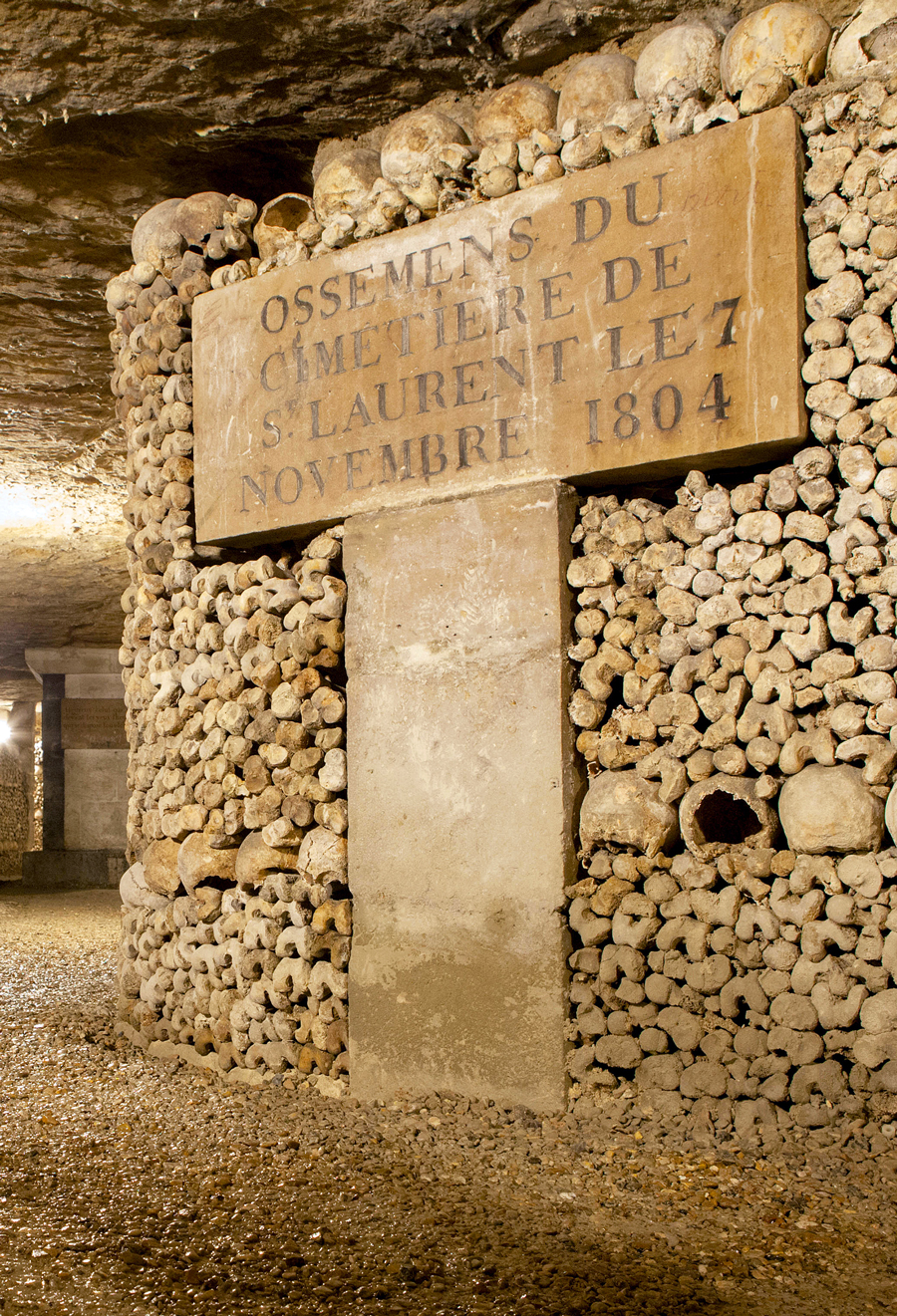France has been the most-visited country in the world for the past 30 years, and with good reason. For starters, this European nation is home to some of the planet’s most romantic cities, centuries of fascinating history, beautiful architecture, renowned cuisine and wine, priceless art, and stunning natural landscapes. Chances are, you’ve already visited France at least once — but if that’s the case, these often overlooked destinations should also be at the top of your list for your next visit. Check out seven of the most fascinating and unexpected places to visit in France below.
Verdon Gorge
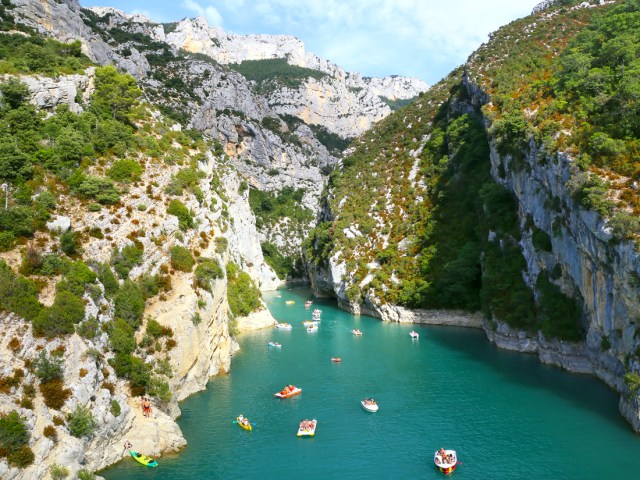
The juxtaposition of impossibly turquoise waters and white limestone cliffs is one reason so many visitors flock to this gorgeous canyon in the foothills of the Alps. Rising nearly half a mile above the Verdon River, Les Gorges du Verdon (Verdon Gorge) is one of the most popular tourist attractions in southeastern France’s Provence region. Often referred to as the “Grand Canyon of Europe,” the canyon stretches over 13 miles and plunges to depths greater than 2,200 feet. It’s no surprise, then, that it’s a favorite with hikers, rock climbers, and cyclists. And on the river itself, canoers and kayakers stop at the canyon’s many small, rocky beaches to enjoy picnics and brisk swims.
During high season, many visitors also drive the twisting and narrow roads and stop at the scenic villages that encircle the canyon’s rim. In Moustiers-Sainte-Marie — one of the most picturesque villages in France — don’t miss the 12th-century Notre Dame de Beauvoir Chapel. In nearby Castellane, which has been settled since prehistoric times, you’ll be surrounded by another of Provence’s most famous sights: seemingly endless rows of lavender fields.
Mont-Saint-Michel

One of Europe’s most enchanting medieval vistas is this Benedictine abbey that dominates a small tidal island just off the coast of Normandy. If it appears straight out of a Disney film, that’s because it is: The magical island inspired Disney animators when they drew up Rapunzel’s birthplace in the 2010 film Tangled. The island’s namesake abbey flaunts slender spires that jut up from the surrounding rocky cliffs, with architecture that dates back to the eighth century. Remarkably left intact following the Hundred Years’ War and both World Wars, Mont-Saint-Michel is now a UNESCO World Heritage Site that welcomes more than 3 million visitors annually.
The changing tides of Mont-Saint-Michel present a fascinating contrast: As tides recede, a bed of shimmering, sifting sand appears as a cushion around the island, but when waters are high, it seems to float in the bay. The abbey was cut off from the mainland until the late 19th century, but visitors can now cross a bridge to discover a walled village of narrow cobblestone alleys and stairways, home to restaurants, hotels, and a full-time population of just 30 people.
Aiguille du Midi
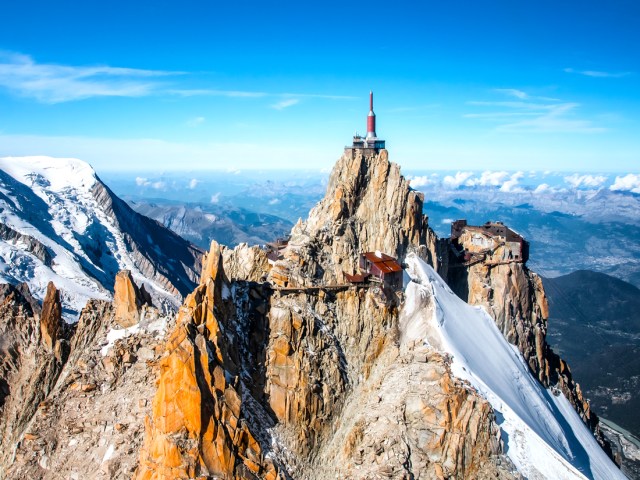
Nestled along France and Switzerland’s southern border is Chamonix, a French extreme sports mecca that hosted the first Winter Olympics. Chamonix stands in the giant shadow of Aiguille du Midi, a mountain that reaches magnificent vantages 12,605 feet above sea level. Getting to the top requires a nearly 6-mile round-trip hike or 30-minute cable car trip. But you might want to opt for the latter, and not just to avoid the legwork — the last leg of the aerial journey comprises the highest vertical ascent you’ll find on any cable car in the world, and the views are out-of-this-world.
But the experience awaiting riders at the top may be even more impressive. Upon exiting, travelers beeline for a tiny steel bridge — less than 50 feet long — that connects Aiguille du Midi’s north and south peaks. The vertigo-inducing bridge provides 360-degree views of the French, Swiss, and Italian Alps, including nearby Mont Blanc, Europe’s second-tallest mountain, and the famous Matterhorn on clear days. If you’re somehow still craving an adrenaline rush, there’s an elevator to an attraction called “Step Into the Void” — a cube featuring five reinforced glass sides to give the impression that you’re levitating above a precipitous 3,400-foot drop.
Catacombs of Paris
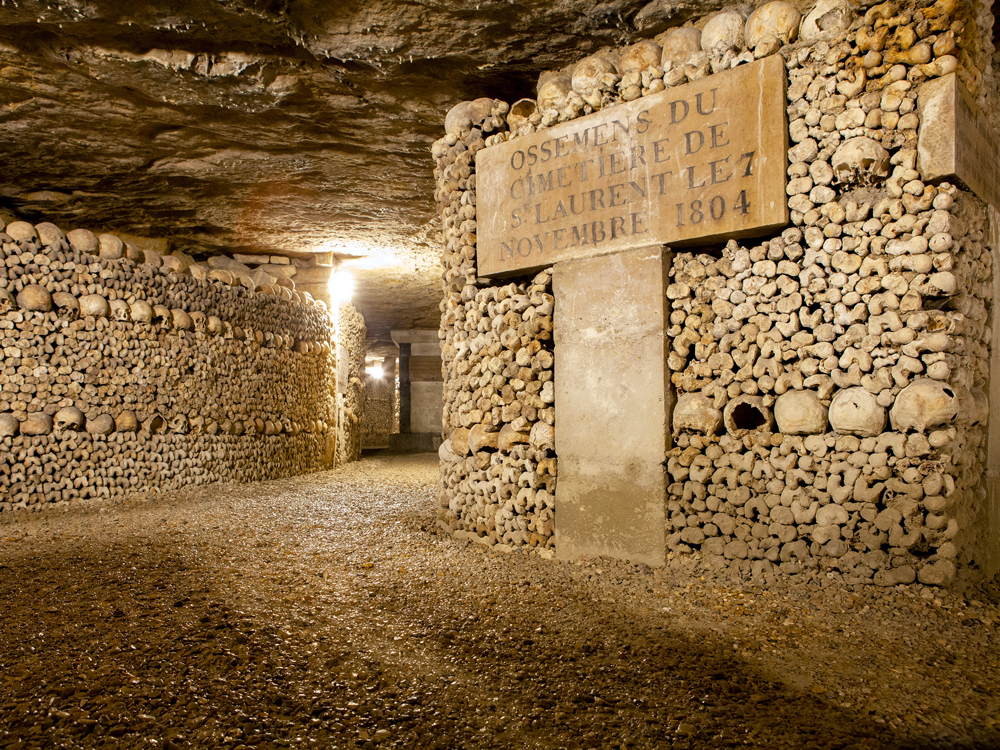
Looking like the work of a White Walker (at least, for Game of Thrones fans), the meticulously arrayed skeletal remains that deck the halls of this subterranean warren beneath the streets of Paris are, in fact, the work of Louis-Étienne François Héricart-Ferrand, viscount of Thury. When ancient Parisian cemeteries were overflowing at the turn of the 19th century and becoming a public health threat, the politician, scientist, and mining engineer repurposed a defunct quarry into the municipal ossuary.
Carefully orchestrated wall patterns began to emerge under the viscount’s curatorial eye: waves of skulls cresting and falling around crosses, rows of alternating tibias and skulls, and cabinets full of curiosities, for starters. Some of the reinterred remains date back more than a thousand years, but Revolutionary era icons, from Robespierre to Marat, were also buried there. Opened to the public in 1809, the site has become a popular attraction, especially those who tend to prefer a more macabre view of Paris. After descending 131 stairs into the tunnels’ depths, you can explore about a mile’s worth on your own, or on a fantastic guided tour.
Arles
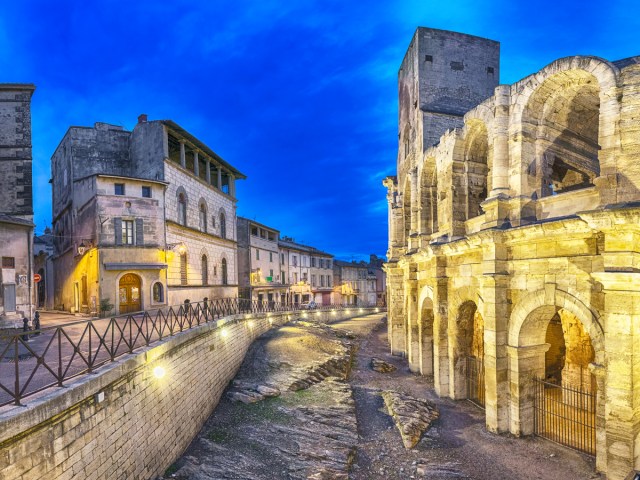
The Provence region of southern France is best-known for its fabled riviera, the Côte d’Azur. But Arles, along the Rhône River about 60 miles northwest of Marseille, also deserves a spot high on your list. As one of the oldest cities in France, Arles was once a Phoenician trading port before the Romans conquered the town in the first century BCE, digging a canal to the Mediterranean and making it an important provincial capital. The city is now a UNESCO World Heritage Site and filled with monuments from this era, including a well-preserved amphitheater that once held 20,000 spectators, an aqueduct, a large necropolis, and an ornate theater.
The mistral wind blesses Provence with clear skies, and many artists have flocked to Arles. Paul Gauguin and Picasso painted here, but the most famous is Van Gogh, who found inspiration and painted some of his best-known works while living in “The Yellow House” on Place Lamartine. The house was destroyed in World War II, but the tourist office organizes a walking tour of locations familiar to his fans.
The Camargue
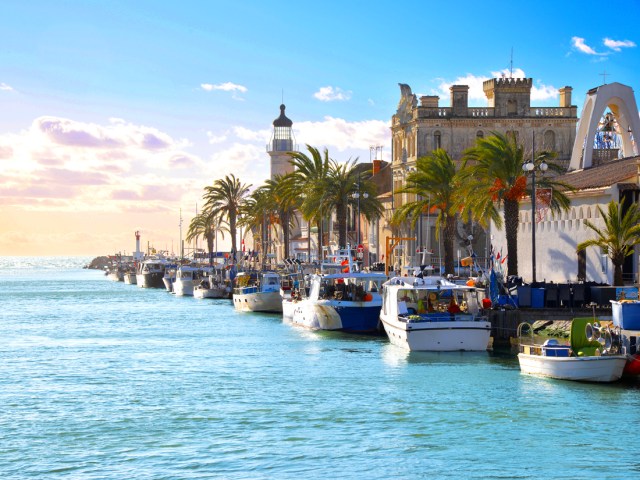
Arles is located at the northern end of France’s Camargue region. The greater region offers some of the country’s most spectacular biodiversity, highlighted by the area’s emblematic white horses running freely along its sandy shores and pink flamingos wading by the thousands in the marshy wetlands bordering the Mediterranean Sea. The semi-wild horses, which are indigenous to the area, are considered one of the world’s oldest breeds, and today some are used by ranchers (known as the “guardians of the Camargue”) for corralling native groups of black bulls. The guardians also host an annual Festival of Abrivado every November along the beaches of Saintes-Maries-de-la-Mer, where they gather on horseback to showcase their impressive herding skills.
At the center of this vast expanse lies the Camargue Regional Nature Park, a 210,000-acre preserve that includes a renowned ornithological section home to a wide variety of bird species. Geographically, the Camargue sits between channels of the Rhône River, creating a lush wetland known for being the only location in France where rice is grown — a farming practice that began in World War II to meet national demand.
Place de La Concorde
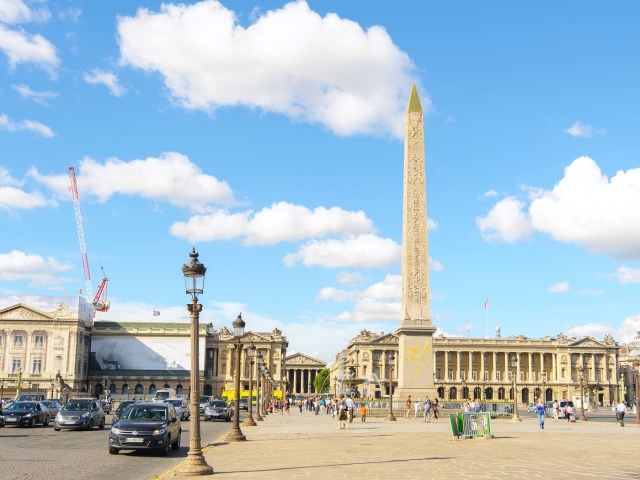
Covering almost 19 acres, this 18th-century tribute to Louis XV remains the largest square in Paris. So yes, it’s a well-known destination, but many visitors don’t realize that, looming even larger than the dimensions, is the local lore. It was here on the right bank of the Seine — where the Tuileries Gardens meet the Champs-Élysées — that everyone from Louis XVI to Marie Antoinette to Robespierre were publicly guillotined during the French Revolution. In those days, the square was better known as the Place de la Révolution, one of several names bestowed upon the site over the centuries.
But not until the mid-1800s was the square modified in ways that modern visitors would recognize. First was the installation of the approximately 3,000-year-old, 75-foot Luxor Obelisk at the center, followed by the construction of the Orangerie and Jeu de Paume (now two of Paris’ most beloved museums) along the periphery. Though there’s clearly plenty to see at Place de la Concorde anytime, if you’re in town on July 14 for the Bastille Day celebrations, the famed annual military parade ends right here.
More from our network
Daily Passport is part of Inbox Studio, which publishes content that uplifts, informs, and inspires.






